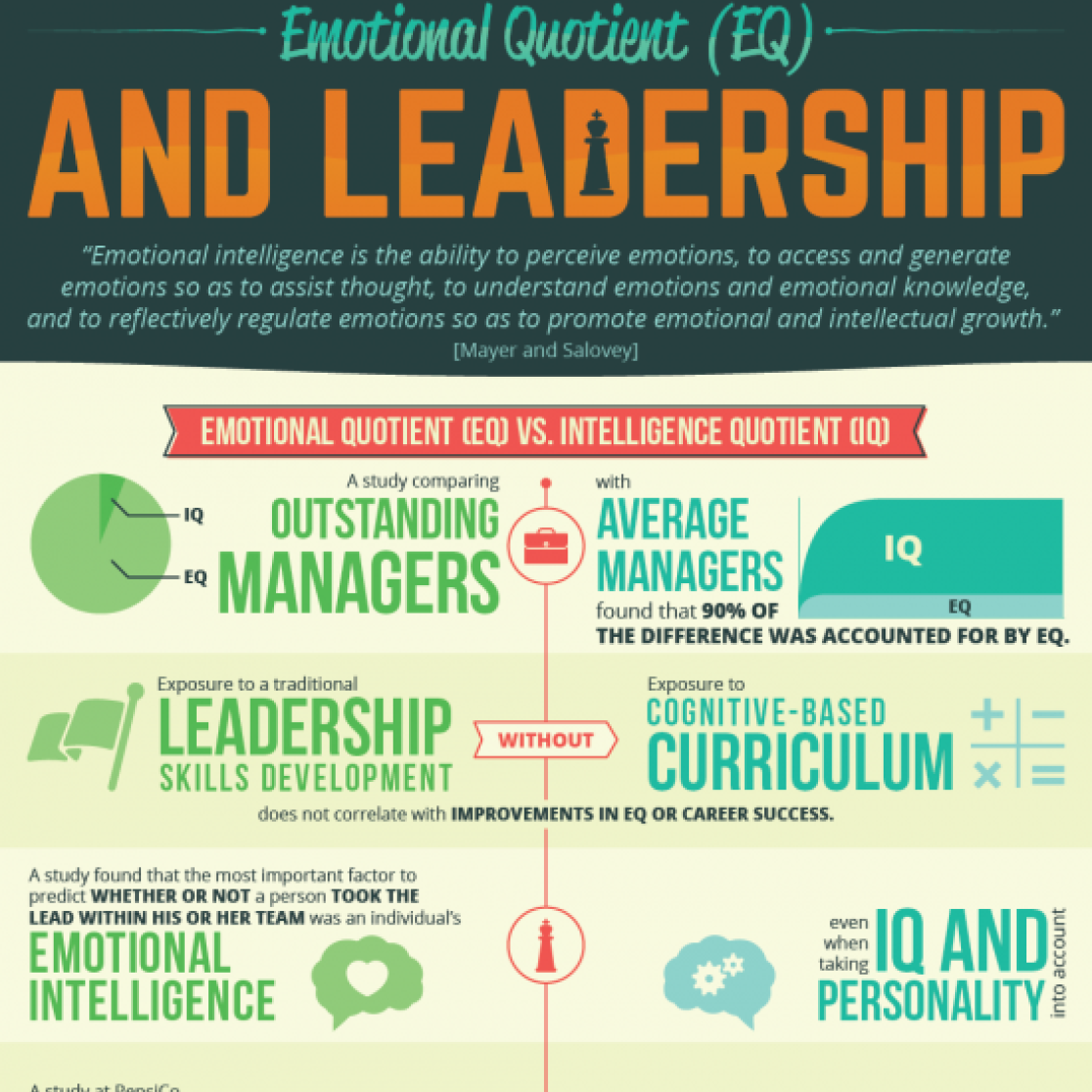Work with multiproblem families
As a family therapist in an ambulatory setting, I see varying psychiatric disorders in multiproblem families. I specifically work with families who not only suffer from any kind of disorders, but also are affected by mild intellectual disability. This blog encompasses two parts. First, it will give you a glance at the varying clients I work with and what I think should be emphasised more in my job. It finishes with a portrait of my work schedule. But first, some theoretical background.
What are intellectual disabilities and how is this related to IQ?
In theory, according to the psychodiagnostic manual DSM-5, people with intellectual disabilities are often the ones who have a total IQ of 70 or below. One of the main characteristics are: 1) a lack of metacognition and 2) a limited ability to have self-reflection and insight of the consequences of someone’s behaviour. Luckily, the widely used DSM-5, urges professionals to not overemphasise IQ of a person’s ability to cope with life issues in general. Research and my practical experience show that intellectual disabilities are widely unseen and that social-emotional development is easier to recognize. Social-emotional development (is related to emotional quotient, a.k.a.. EQ) gives more insight to a person’s abilities than an estimation of someone’s IQ. If you’re interested how EQ is related to leadership, then have a look at the infographic.

From a positive point of view, these persons with a lower IQ have other abilities to compensate their cognitive impairment. Most of them developed good coping skills, are honest (because they find it hard to lie) and are very good at single-tasking.
Treatment is not possible for intellectual disabilities: our genes define whether we are born with it or not. Research shows that adaptations in cognitive-behavioural therapy works for this client group. Other trends in mental health care show that a multidisciplinary plan works the best. Elements of this plan are:
- Reinforce the social network,
- If the social network is not able to take care of the disabled person, then find a safe living place for the client, where guidance is frequently available,
- Set up ambulatory care: guidance at home to cope with daily problems, in a visual and active way. Methods are solution-focused and integrate the family system (multisystem therapy).
In our western society, there is a lot of emphasis on individuality and reaching goals. For example, Dutch and Belgian people would be one of the happiest people around the globe. At the same time, real life interaction seems to have less importance if we face all the booming social media platforms. But we all know that humans have their unique ability to have social interaction, right? Research and our common sense show that real-life contact is necessary to develop on an emotional and physical level. So that’s why I will continue on connecting my clients to other social networks and do this in a multidisciplinary manner at their home.
During my studies at Maastricht University, I learned cognitive-behavioural techniques and how to build a therapeutic alliance. As a Flemish student, it was an eye-opening experience for me to break through socio-cultural boundaries and how to speak more open about sensitive private subjects with which most of my clients get confronted with). As soon as I got my Belgian driving license, I had to use the Dutch license plate since I have a job in the Netherlands. In my job I’m glad with it: people will not give me any critics about the way I drive (…).
See table below to have a look at what I keep on using of what I learned in my studies.
Table: education-job match
|
Theoretical background |
What I use in my daily work meetings |
|
Bachelor Health Sciences, major Mental Health Care (the late ‘ GGK’, now called GGZ) |
Knowledge about common psychopathologies, e.g. ADHD, autism, severe behavioural disorders, depression, anxiety, and so on. To lead an intake with a new client. Specify the main problems and get the client’s goals clear. Continue on writing and presentation skills to publish a clear article. Execute exposure therapy with a client who suffers panic disorder. Critical self-reflection of my professional attitude. Combine study with student job, perfect launching pad for a professional job! |
|
Master Mental Health, track Child & Youth Psychopathology
|
Further specialised knowledge in childhood and youth disorders. Study of internal and external factors and how they come together, just like in real life. Focus on evidence-based protocols. In this way I learned where the current third generations of treatments come from, so that I can observe these new versions critically. Set up a study: learned how to network, how to approach strangers, time-management. These strategies are also useful when I set up a small study in my current function to analyse the effect of a training in social skills for our clients. Basic knowledge about psychodiagnostics and family therapy. |
|
During the master, internship MUMC hospital, department of Rehabilitation Medicine, Maastricht |
For clients with aspecific chronic pain: learn and apply new method to reinforce client’s trust in his/her own body and how to overcome the fear to move again, |
Part 1. Examples of client cases
These cases give a realistic view of whom I work with.
1. A mother (intellectually disabled, total IQ approximated at 65) has a 1,5 year old son. She doesn’t know how to react when he cries. By consequence, there are severe worries about the attachment between mother and child. I need to support mother to be as sensitive and responsive as possible.
2. A boy of 16 years old suffers from genderdysphoria. He/she is also diagnosed with an autism spectrum disorder (ASD). The boy emotionally feels like being a girl, while his body has male characteristics. He/she does not know how to interact with other youngsters and is therefore socially isolated. A test of his social-emotional development (is related to emotional quotient, see further below) shows that he/she is far younger than we could expect from a 16 year old youngster.
3. A 6-year-old girl shows symptoms of ASD and shows an overall developmental delay. Her father does not understand her behaviour and he finds it hard to accept ambulatory specialist help.
4. A Vietnamese family has two kids, of which a four-year-old girl. She also shows developmental delays and gets things done easily at home. The family respects its own values, but experiences a ‘ culture clash’ with Western child raising values. How can they cope with these developmental delays, in respect with their own cultural background?
Part 2: What my week looks like
|
Time |
Monday |
Tuesday |
Wednesday |
Thursday |
|
08.30 |
Reflect on my week schedule |
Coordination meeting with GZ-psychologist, for a safe transfer to family therapy |
Client visit |
Team meeting. Refresh aggression protocol with PBL principles.* |
|
09.30 |
Supervision of my work (on process and content level) |
Work out plan to be more efficient (time management, e.g.) |
Meeting with Child Welfare Council |
|
|
11.00 |
Multidisciplinary meeting with: client, municipality**, school, family and specialist mental health care provider. |
Meeting with municipality about financial side of the ambulatory work field. |
Prepare client visits |
|
|
12.30-13.00 |
Block time for lunch and unforeseen work |
Block time for lunch and unforeseen work |
Block time for lunch and unforeseen work |
Block time for lunch and unforeseen work |
|
|
Driving to client |
Driving to client |
Driving to client |
Driving to client |
|
13.30-18.00 |
Visit clients at their home. Report together with client in digital dossier, on what we did. |
Visit clients at their home. Report together with client in digital dossier, on what we did. |
Client meeting in the evening (family with child who has difficulty to fall asleep. |
Visit clients at their home. Report together with client in digital dossier, on what we did. |
*in real life I try to implement PBL-learning principles as much as possible: ask questions; explain new things in a visual manner; let them explain theory
** Since 2015, the municipalities are responsible for the financial supply of ambulatory mental health care to adults and children.
As you can see, this week gives a preview of the various job responsibilities. Every now and then I’m asked to visit families in the morning/evening or sometimes in the weekends. This job gives me fulfillment thanks to various reasons. I’m the instrument myself in order to provoke behavioural changes. The work I do also challenges me to use other competencies. Not only do I need to have substantive knowledge about psychiatric disorders and treatment perspectives. I like it to use other skills like collaboration techniques, leadership and relationship management. To end this list: it becomes more and more relevant to act in an entrepreneurial way. Especially in a soft sector like (ambulatory) mental health care, we also need to deal with budgets and how to respect each personal’s concerns. Either way, I’m glad I’m surrounded with people who like to integrate persons with disabilities in daily society. I will continue learning how to guide families and I am happy to share my experiences with you. If you are eager to share your thoughts or insights about this subject, don’t hesitate to contact me. I can also learn from you. That is the way it works and how our university has taught us: continue learning in an interactive way.
About the author
-
5 Differences Between Startups & Starting Businesses
In this article I discuss several differences between startups and starting businesses. I find this important because over the last year, I’ve gotten increasingly frustrated about the types of questions I (as a startup founder) would get. “Can you already live from your startup?” “Why is raising...

-
Getting jobs in the Eurobubble: A game of inches
I had a lot of fun at the EU Studies Fair. For me it proved a very fruitful event for both students and professionals who are trying to get a foothold in that lions’ den that I call “Eurobubble jobs.” In my experience this can be quite a daunting challenge, but if it has been a journey that I think...

-
Why companies choose for digital coaching in the 21st century
Many companies make use of professional coaching for their employees. Having well performing, healthy and happy employees is the key to success for them. In this article you will read why companies in the 21st century choose for digital coaching instead of traditional coaching on location.
